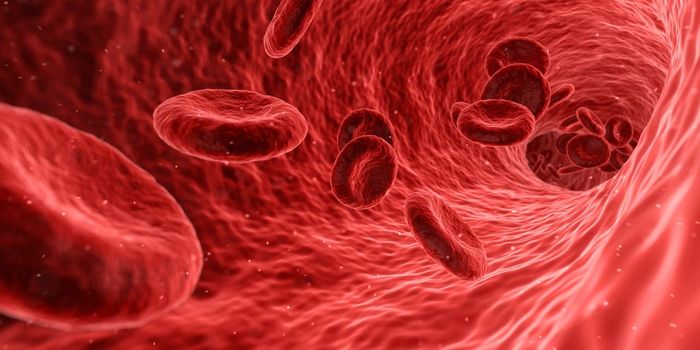Fundamentally Changing Our Understanding of Alzheimer's Disease
While buildups of aberrant proteins called amyloid plaques have long been linked to the development of Alzheimer's disease, and are considered a hallmark of the disorder, research has now suggested that something else precedes that buildup. This work, which challenges the amyloid cascade hypothesis of Alzheimer's disease development, has suggested that disruptions in brain cell's waste disposal process happens long before amyloid plaques start to clump together in the brain. The work has been reported in Nature Neuroscience.
In this study, researchers assessed a mouse model of Alzheimer's, and found that lysosomes were dysfunctional. Lysosomes are cellular recycling centers; they are small sacs that are used to contain waste material in cells, including leftover materials from metabolic reactions, spent enzymes, and parts of the cell, or the cell itself when it breaks down or becomes dysfunctional.
The scientists tracked waste removal in cells with imaging tools, and found that some lysosomes got bigger; they were merging with autophagic vacuoles, which were stuffed with waste that wasn't broken down properly. The autophagic vacuoles also carried some forms of amyloid beta.
Neurons that accumulated damage and were dying too soon also contained vacuoles that were bunched in patterns like flowers, bulging away from the outer membranes of the cells, and accumulating in the centers at the nucleus. Inside the cell, amyloid beta filaments formed. The researchers saw damaged neurons that held almost-complete plaques.
“This new evidence changes our fundamental understanding of how Alzheimer’s disease progresses; it also explains why so many experimental therapies designed to remove amyloid plaques have failed to stop disease progression, because the brain cells are already crippled before the plaques fully form outside the cell,” suggested senior study investigator Ralph Nixon, MD, PhD, a professor at NYU Langone with multiple appointments.
Nixon noted that this study has shown that Alzheimer's therapeutics should be designed to restore function to lysosomes, and rebalance the levels of acids in neurons in the brain.
The investigators have already begun to devise therapeutics that are meant to target the lysosomal dysfunction seen in this work.
This study also seems to confirm recently reported research that linked problems with cellular waste disposal with a gene called PSEN1. Defects in PSEN1 have been shown to cause Alzheimer's, and now researchers are demonstrating why that can happen. When scientists restored the acid levels in lysosomes to normal, they were able to rescue neuronal damage in a mouse model of Alzheimer's with PSEN1 mutations.
Sources: NYU Langone Health / NYU Grossman School of Medicine, Nature Neuroscience









